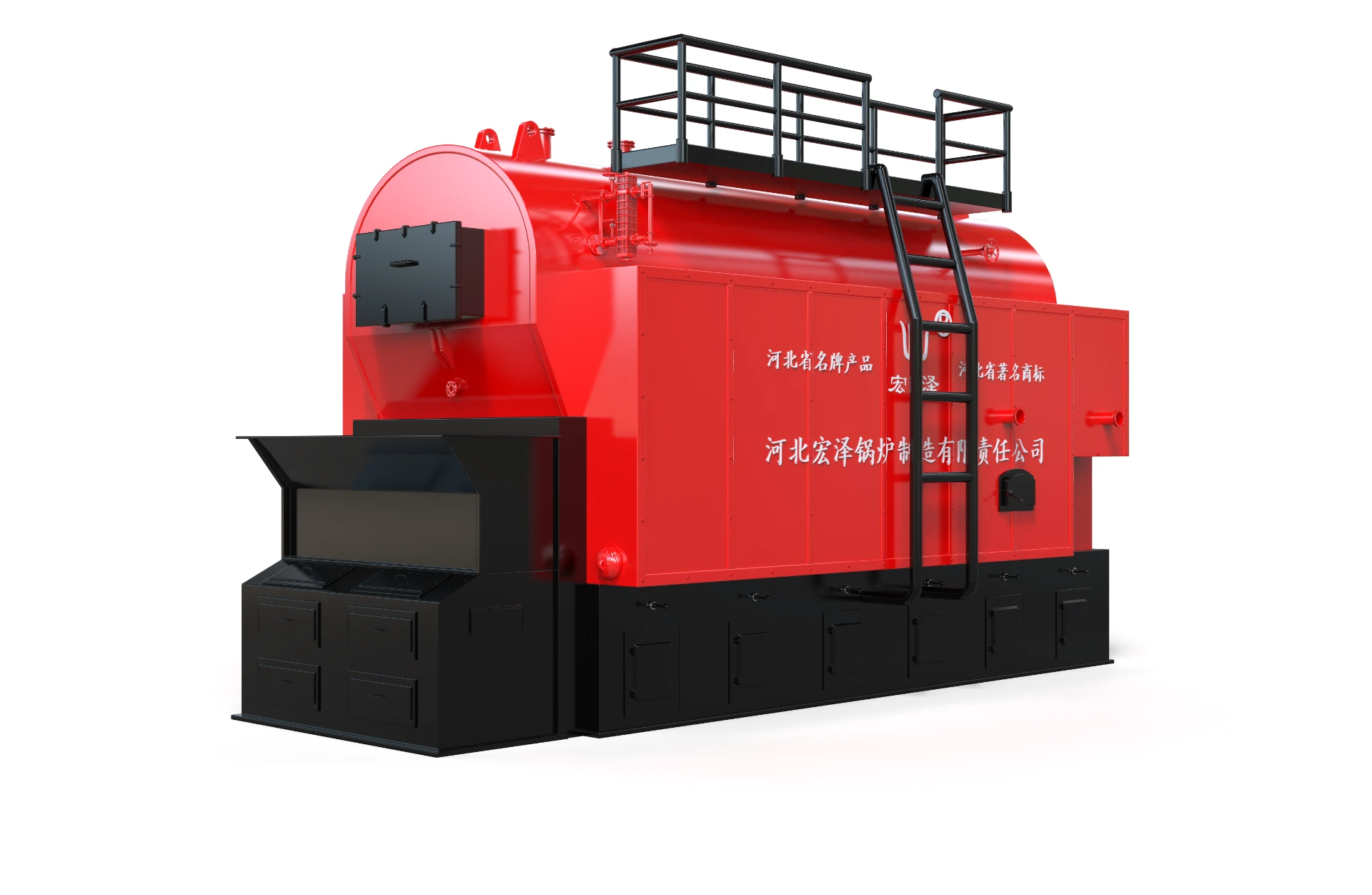
Jan . 20, 2025 08:13 Back to list
pressure switch steam boiler
Enhancing the Performance of Steam Boilers with Advanced Pressure Switches
In terms of real-world application, a common pressure switch type used in steam boilers is the differential pressure switch. This device measures the difference in pressure from two points in the system, providing a more nuanced control mechanism. Its role in optimizing both energy efficiency and operational safety is invaluable, making it a staple in many industrial setups. To truly harness the benefits of pressure switches, proper installation and maintenance are non-negotiable. Misalignment or improper setup can lead to inaccurate readings, which compromise the safety and efficiency of the boiler system. Regular maintenance checks not only ensure longevity but also uphold the safety of the operations. Scheduled inspections and calibrations help in identifying issues before they escalate, thus maintaining an optimal balance between pressure levels and operational efficiency. Standing out in the realm of pressure switch technology are brands such as Honeywell, Danfoss, and Ashcroft. These companies have established themselves as leaders through years of rigorous development and testing, reinforcing their authority and expertise in the domain. Their products are synonymous with quality and reliability, instrumental for engineers and industrial operators who seek performance without compromise. In summary, pressure switches in steam boilers are more than just components; they are linchpins that underpin the entire operational framework of industrial steam systems. Their role in safeguarding operations, enhancing energy efficiency, and ensuring compliance with safety regulations cannot be overstated. For those in the market for pressure switches, the emphasis should be placed on expert consultation, quality brand selection, and regular maintenance practices. In a continuously evolving industrial landscape, the integration of such critical devices fortifies an organization's commitment to safety and efficiency. Through leveraging new technologies and maintaining industry best practices, businesses can ensure that their steam boiler systems operate at peak performance, with reliability and accuracy.


In terms of real-world application, a common pressure switch type used in steam boilers is the differential pressure switch. This device measures the difference in pressure from two points in the system, providing a more nuanced control mechanism. Its role in optimizing both energy efficiency and operational safety is invaluable, making it a staple in many industrial setups. To truly harness the benefits of pressure switches, proper installation and maintenance are non-negotiable. Misalignment or improper setup can lead to inaccurate readings, which compromise the safety and efficiency of the boiler system. Regular maintenance checks not only ensure longevity but also uphold the safety of the operations. Scheduled inspections and calibrations help in identifying issues before they escalate, thus maintaining an optimal balance between pressure levels and operational efficiency. Standing out in the realm of pressure switch technology are brands such as Honeywell, Danfoss, and Ashcroft. These companies have established themselves as leaders through years of rigorous development and testing, reinforcing their authority and expertise in the domain. Their products are synonymous with quality and reliability, instrumental for engineers and industrial operators who seek performance without compromise. In summary, pressure switches in steam boilers are more than just components; they are linchpins that underpin the entire operational framework of industrial steam systems. Their role in safeguarding operations, enhancing energy efficiency, and ensuring compliance with safety regulations cannot be overstated. For those in the market for pressure switches, the emphasis should be placed on expert consultation, quality brand selection, and regular maintenance practices. In a continuously evolving industrial landscape, the integration of such critical devices fortifies an organization's commitment to safety and efficiency. Through leveraging new technologies and maintaining industry best practices, businesses can ensure that their steam boiler systems operate at peak performance, with reliability and accuracy.
Share
Prev:
Next:
Latest News
-
High-Efficiency Commercial Oil Fired Steam Boiler for Industry
NewsJul.30,2025
-
High-Efficiency Biomass Fired Thermal Oil Boiler Solutions
NewsJul.30,2025
-
High Efficiency Gas Fired Thermal Oil Boiler for Industrial Heating
NewsJul.29,2025
-
High-Efficiency Gas Fired Hot Water Boiler for Sale – Reliable & Affordable
NewsJul.29,2025
-
High Efficiency Biomass Fired Hot Water Boiler for Industrial and Commercial Use
NewsJul.29,2025
-
High-Efficiency Biomass Fired Hot Water Boiler for Industrial Use
NewsJul.28,2025
Related PRODUCTS
Copyright © 2025 HEBEI HONGZE BOILER MANUFACTURING CO., LTD. All Rights Reserved. Sitemap | Privacy Policy






















